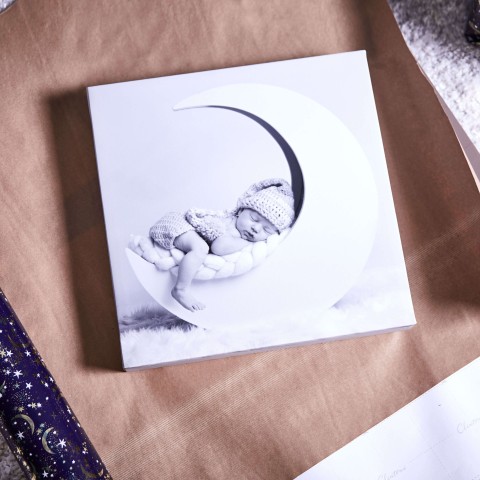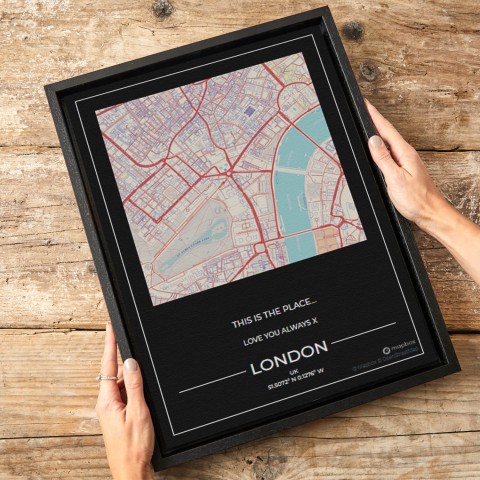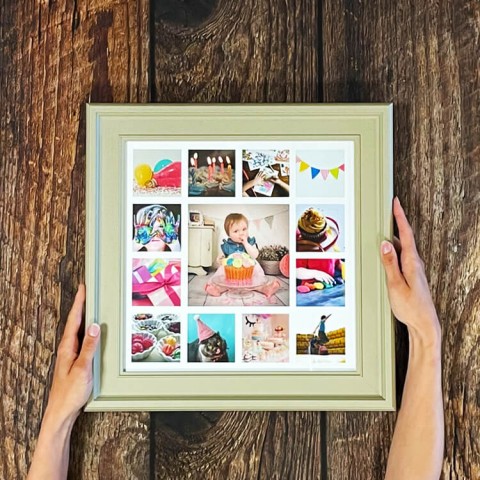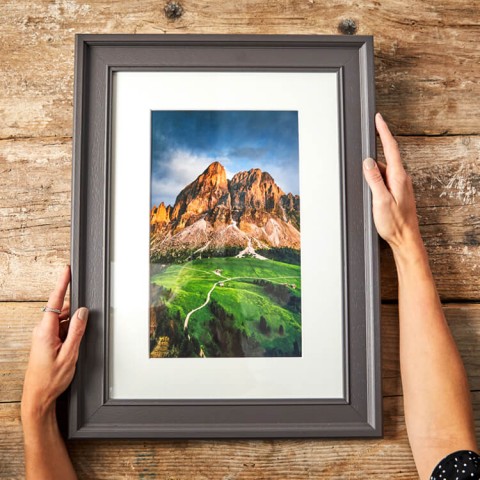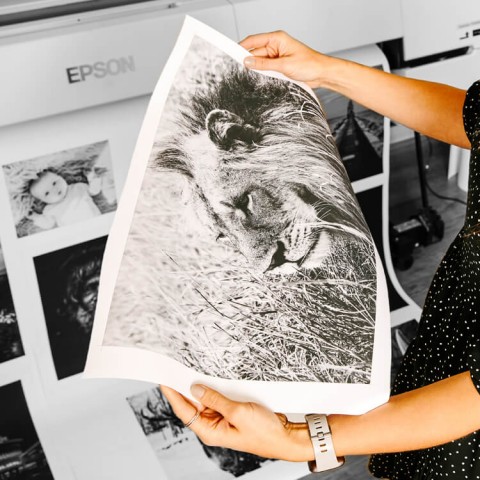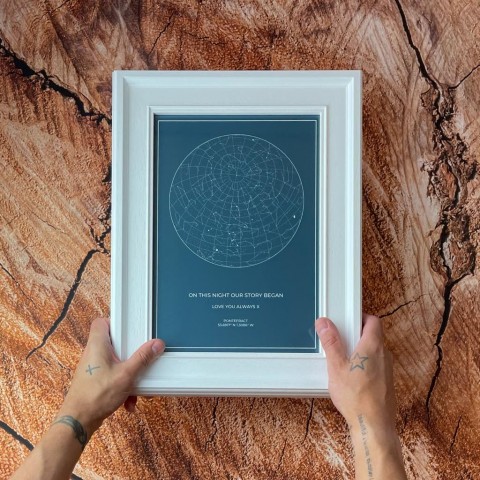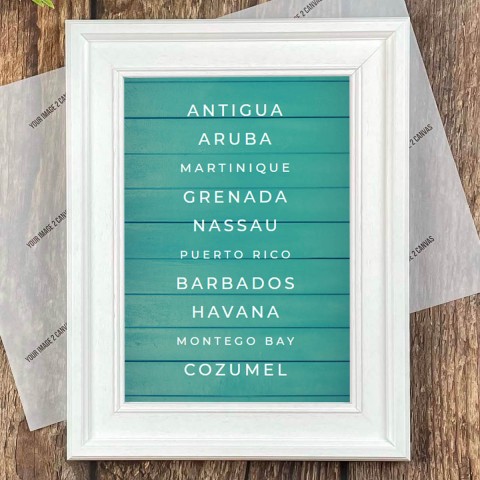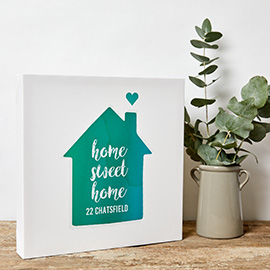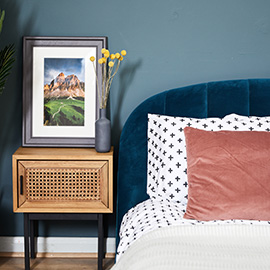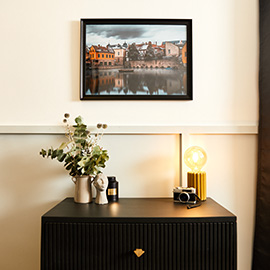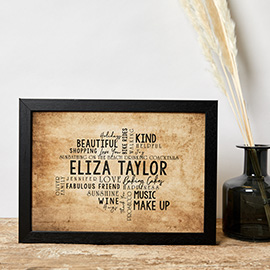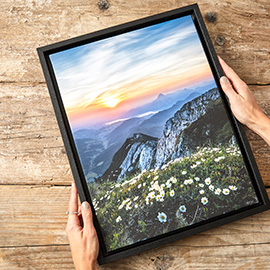Home Studio Photography - part v
Once you get the bug for experimenting with off camera lighting it's almost impossible to stop! It's an incredibly additive form of photography that has the capacity to transform your images into really professional work that your family and friends will love. This series aims to provide you with all the information you need to set-up your own home studio with the minimum of disruption, expense and heartache – and the maximum amount of fun!
Backgrounds
Before you can even begin to think about shooting for canvas printing you'll need to buy some kind of background support system and decide on your preferred background mattingerial. Background supports come in two basic categories: wall mounted and free standing. They both have their pros and cons so let's take a look at them...
Wall mounted background supports
In many ways a wall mounted system could be considered superior to a free standing support. It's possible to have several different coloured background paper or vinyl rolls on tap for a variety of looks and, once mounted, it's much easier to set up, which can save time in your shoot preparation. They're also excellent space savers and really do maximise the width of your room. However, If you're not DIY minded, get someone who knows what they're doing to fit the brackets to the wall ─ you really don't want your rolls crashing to the ground! The only other con is that they're quite unsightly if your home studio's also a living space, because you can't really hide them!
Free standing supports
Much more popular with the home studio enthusiast is the free standing support system. Consisting of a couple of heavy duty light stands and a collapsible cross bar, it can be taken apart at the end of the shoot and stored out of sight, making it useful for shooting in living spaces and taking to alternative locations. The downsides of this system are fourfold:
A decent system has stands with a wide footprint, which require plenty of room to set-up and limits how wide a background you can shoot against
Accidents happen! You will need sandbags to secure the lightstands safely because they’re not attached to the wall. Never shoot without securing your background support!
They take much longer to erect and put away before and after a shoot
You'll need somewhere to keep your background paper or vinyl that's dry and with enough ceiling clearance for them to be stored upright to prevent sagging
We hope that this information helps you to make the right choice for your background solution. It may be that you decide that both are worth investing in, but either way, do choose decent quality gear because they really do need to be strong to prevent sagging of your background rolls.
Next time we'll discuss the backgrounds themselves and help you to make the big decision ─ paper or vinyl?


